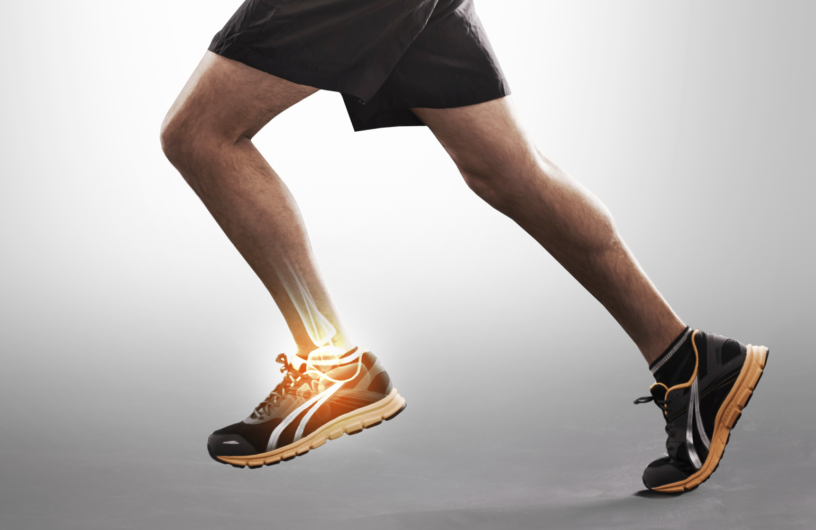With the release of the RunScribe Shoe profile, runners now have the ability to quantify how they perform in different shoes, workout type and terrain. By understanding how mechanics change with these variables, runners can make smarter training decisions and shoe choices.
Asymmetries are a natural part of any runner’s stride, but in this example, the runner has a long history of recurring injury. Through their use of RunScribe, they identified significant imbalances. The runner used the new Shoe profile to help find shoes and orthotics to address their issues.
You can see in the example below, the runner has some significant imbalances in these New Balance shoes, and those imbalances are in their motion profile. Motion profile consists of Footstrike type, Pronation and Pronation Velocity. While the runner’s efficiency is high, their shock value is also higher than average (note: average” is determined by comparing your individual metrics to the RunScribe community performance at pace). A high Shock value means significant Impact and Braking Gs are being absorbed at every footstrike.

By filtering the data further, we can see how the runner performs in the New Balance shoes doing different workouts. For “long runs” the shoe profile looks similar to the average.

But when we look at shorter length workouts, the imbalance is not as great. The issues that this runner has in these shoes may be exacerbated with fatigue in on longer runs.

Looking at a different shoe (Saucony), the runner sees the same imbalances, but to a lesser degree. And while they maintain high efficiency, their Shock has moved down to average.

In a third shoe (ASICS), the runner sees their imbalances disappear. At first glance, this is very encouraging, but when we drill into the details we find the runner still has risk factors. Their pronation velocity is high on both sides and their shock values are higher than average we calculate from the RunScribe community running at the same pace.

This runner went a step further and added adding orthotics into this shoe. By combining a pair of shoes that improved symmetry and orthotics that restrained some risky motion, the runner was able to address their asymmetries and reduce risk factors.

For a walk through of this case study on the RunScribe dashboard, check out the Shoes & Symmetry Case Study video:

